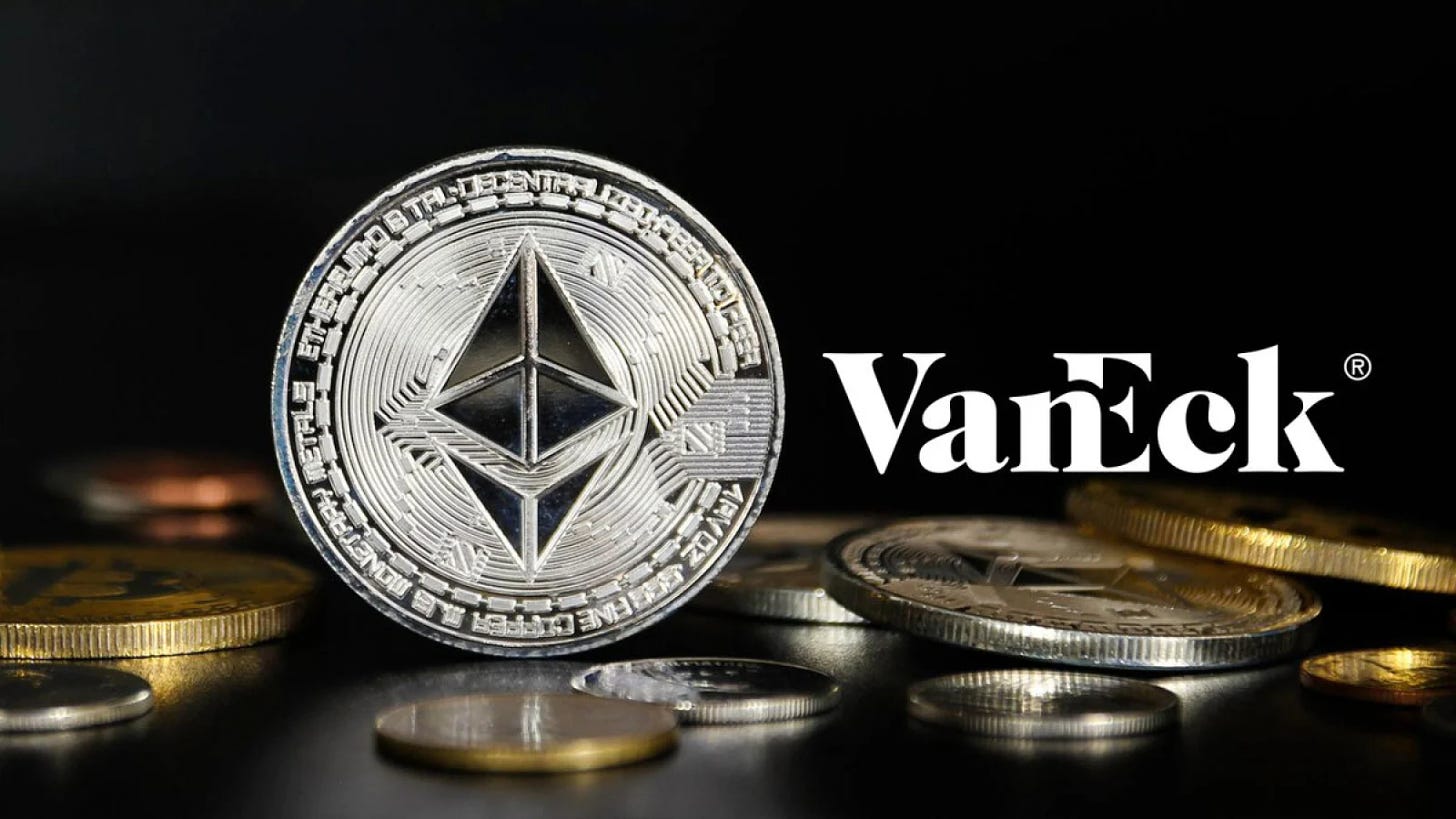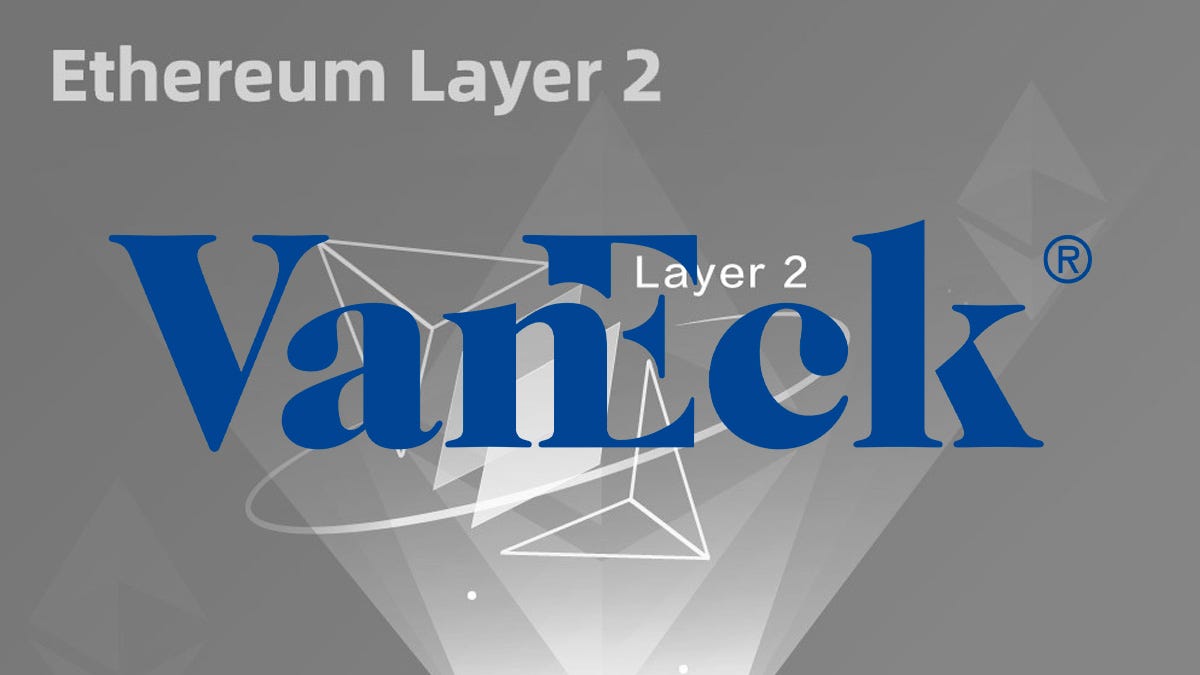- Blockletter
- Posts
- VanEck Proposes Ethereum Layer 2 Solutions Could Attain $1 Trillion Base Valuation by 2030
VanEck Proposes Ethereum Layer 2 Solutions Could Attain $1 Trillion Base Valuation by 2030
Ethereum Layer 2 Networks Poised for $1 Trillion Valuation by 2030, Says Investment Firm
Investment firm VanEck predicts a bullish future for Ethereum's layer 2 (L2) networks, estimating a potential combined valuation exceeding $1 trillion by 2030. However, the firm remains cautious about the long-term viability of some individual networks.

Their analysis examined 46 L2 solutions, evaluating factors like transaction costs, developer appeal, user experience, security assumptions, and the overall strength of each network's ecosystem. The report also forecasts a surge in the number of rollups, a specific type of L2 scaling system. Arbitrum currently holds the top spot with over $18 billion locked within its ecosystem, representing a significant portion of the total $36 billion locked across all 46 analyzed networks.
VanEck analysts believe Ethereum is positioned to capture a dominant 60% market share among public blockchains. This prediction hinges on the vast amount of digital assets already integrated within the Ethereum ecosystem.
Understanding Layer 2 Networks
L2 networks function as supplementary infrastructure layered on top of primary blockchains like Ethereum. Their primary purpose is to address scalability challenges by increasing transaction processing speed. Rollups are a specific type of L2 technology employed by some networks.
Van Eck identified five key factors that will influence the long-term success of L2 solutions:
Transaction Pricing: Competitive transaction fees are crucial for attracting users. Factors like data compression, scalability, security verification costs, and network profit margins all contribute to the final cost users experience.
Developer Experience: Compatibility with the Ethereum Virtual Machine (EVM) is essential for attracting developers. Seamless porting of smart contracts and development tools from Ethereum is key.
User Experience: Streamlined onboarding and withdrawal processes significantly enhance user experience.
Trust Assumptions: L2 networks must establish trust regarding data availability and implement robust security measures to prevent exploits and hacks.
Ecosystem Size: A strong and vibrant ecosystem is a major indicator of value. The amount of value locked within an L2 network reflects user engagement and represents capital invested in capturing opportunities within the ecosystem.
Risks Looming Ahead
In contrast, Busk and Siegel from VanEck express a cautious stance, anticipating fierce competition among Layer 2 solutions (L2s) and suggesting a generally pessimistic outlook regarding the sector's performance.

"We are generally bearish on the long-term value prospects for the majority of L2 tokens," they emphasized. "The top 7 tokens for L2 collectively already have $40 billion of Fully Diluted Value (FDV), and there are many strong projects poised for launch in the near future."
Highlighting potential challenges, they noted, "This means there is potentially $100 billion more in FDV in L2 tokens entering the market over the next 12-18 months. It appears unlikely for the crypto market to absorb even limited amounts of that supply without significant discounts."
According to CoinGecko data, tokens within the Ethereum L2 category currently hold a combined value slightly exceeding $20 billion.